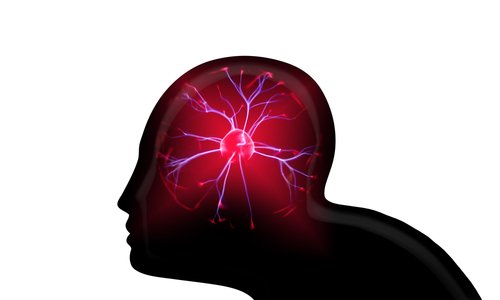Early Alzheimer’s Study Finds Nanoparticle May Help Deliver Treatments Directly to Brain

Researchers found that the combination of titanate, a nanoparticle that can penetrate the brain-blood barrier, and cerebrolysin, used in some parts of the world to treat problems with cognition, had superior neuroprotective effects in an animal model of Alzheimer’s disease than cerebrolysin alone.
The study, “Co-Administration of TiO2 Nanowired Mesenchymal Stem Cells with Cerebrolysin Potentiates Neprilysin Level and Reduces Brain Pathology in Alzheimer’s Disease” was published in Molecular Neurobiology.
Cerebrolysin is an approved treatment for cognitive impairment in a number countries — though not in the U.S. and much of Europe — but one troubled by an inability to effectively reach the brain before being degraded by enzymes in the body. Higher doses have failed to help patients because of the side effects they can carry.
Nanoparticles are able to effectively deliver drugs to the brain by transporting them through the blood-brain barrier, a highly selective membrane that separates the brain from the bloodstream.
An international team of researchers, including those at universities in Sweden, the U.S. and Spain, examined the effects of co-administering mesenchymal stem cells (MSCs) — under investigation in treating a number of neurodegenerative and other diseases — and cerebrolysin could be of benefit to rats with Alzheimer’s disease characteristics. Results showed the combination treatment showed signs of neuroprotection in the animals.
Researchers then used the titanate, a bioceramic material composed of nanowires, loaded with cerebrolysin to deliver the drug, determine its effectiveness as a transport vehicle, and the resulting outcomes. Titanate is made of titanium dioxide (TiO2) that is chemically inert, meaning it doesn’t react with other biological compounds or corrode easily in fluids found in the body.
Researchers co-administered the nanowired cerebrolysin and the MSCs once a day for one week, and recorded the results.
This treatment combination, they reported “significantly increased the NPL [neprilysin, a rate-limiting enzyme for amyloid beta peptide, or AβP] in the hippocampus … from the untreated control group … along with a significant decrease in the AβP deposition.”
They added: “Interestingly, these changes were much less evident when the MSCs or CBL [cerebrolysin] treatment was given alone. Neuronal damages, gliosis, and myelin vesiculation were also markedly reduced by the combined treatment.”
While not entirely clear, the nanoparticles may improve the outcomes by prolonging the delivery of intact cerebrolysin that crosses the blood-brain barrier, which would allow higher concentrations of the treatment to be released into the brain.
“We believe titanate nanowires could be considered as potential drug delivery tools for neurodegenerative diseases and may be translated into clinical use in future,” Asya Ozkizilcik, a doctoral student at the University of Arkansas and a study author, said in a press release.
Ozkizilcik presented results from this research, in models of both Alzheimer’s and Parkinson’s diseases, at the recent Neuroscience 2017, the annual meeting of the Society for Neuroscience that was held in Washington, D.C.






